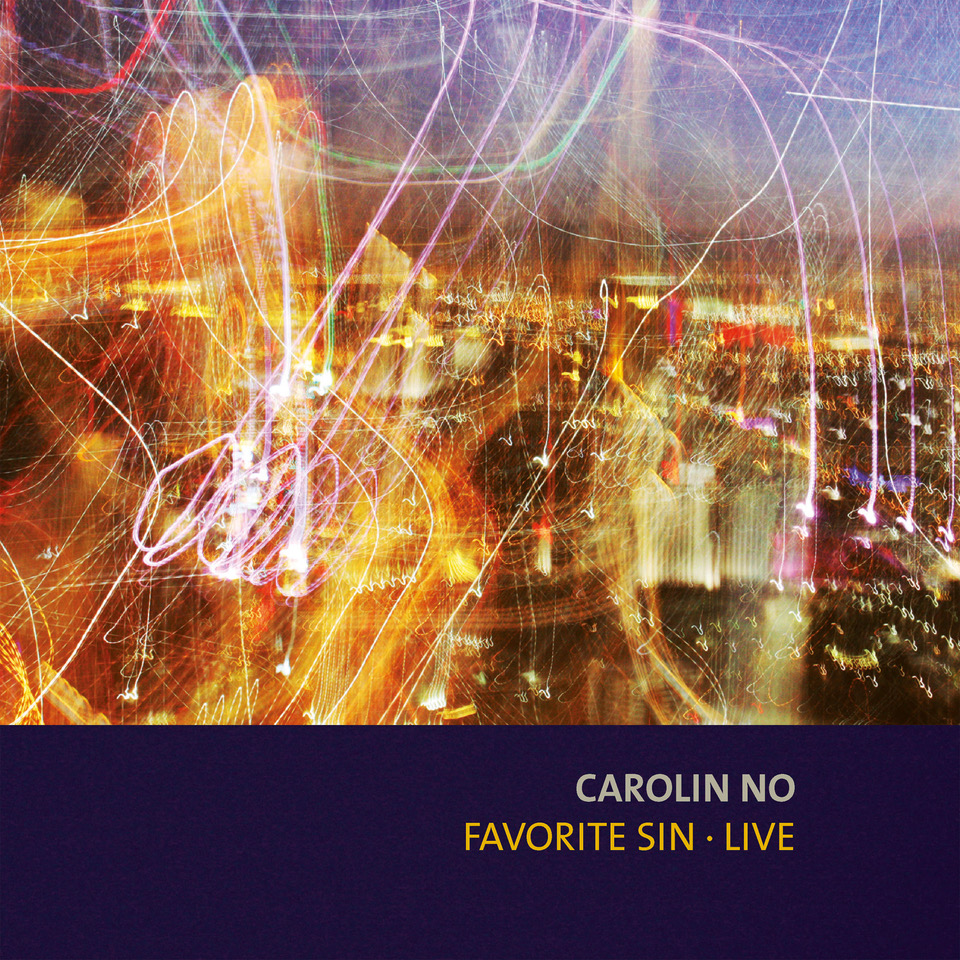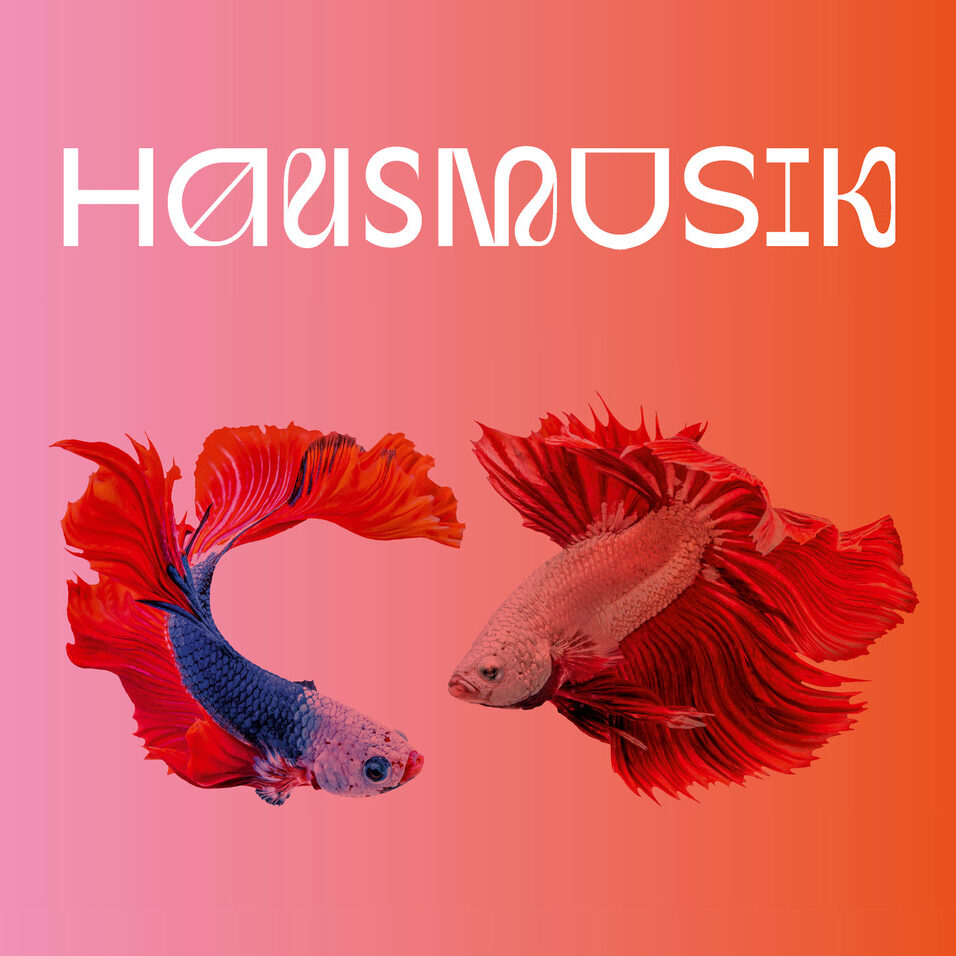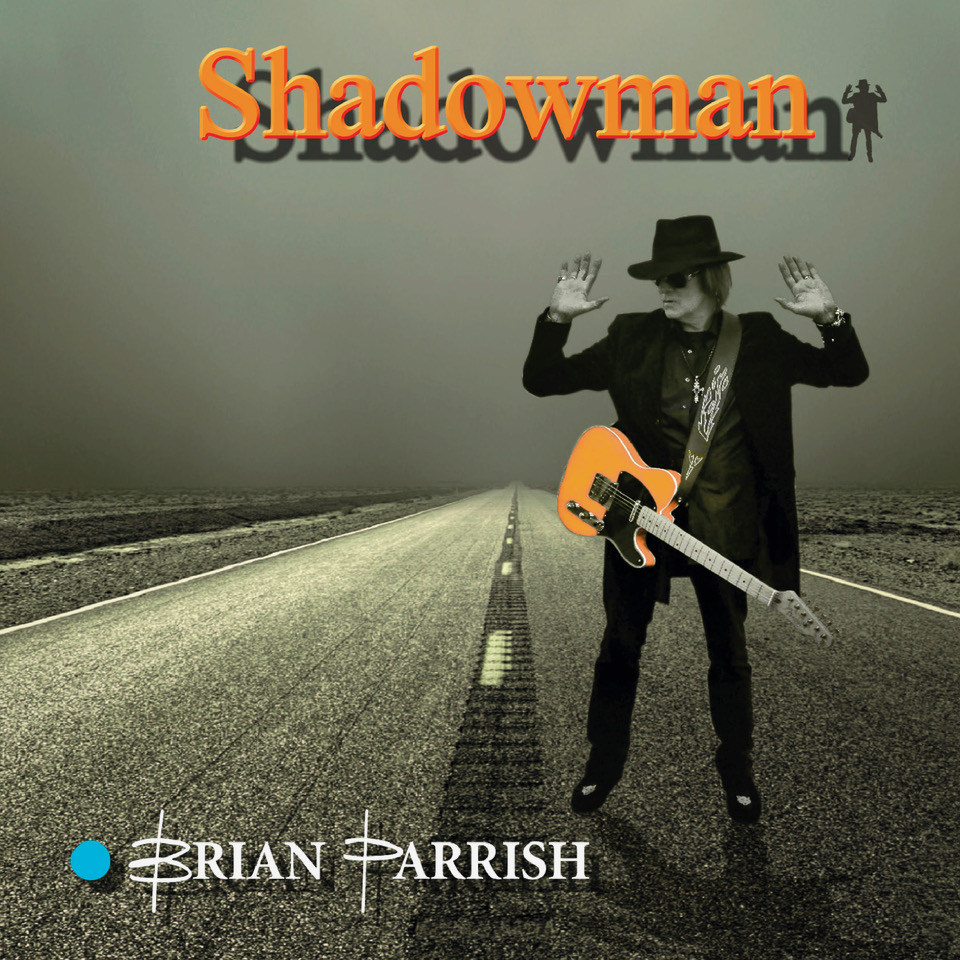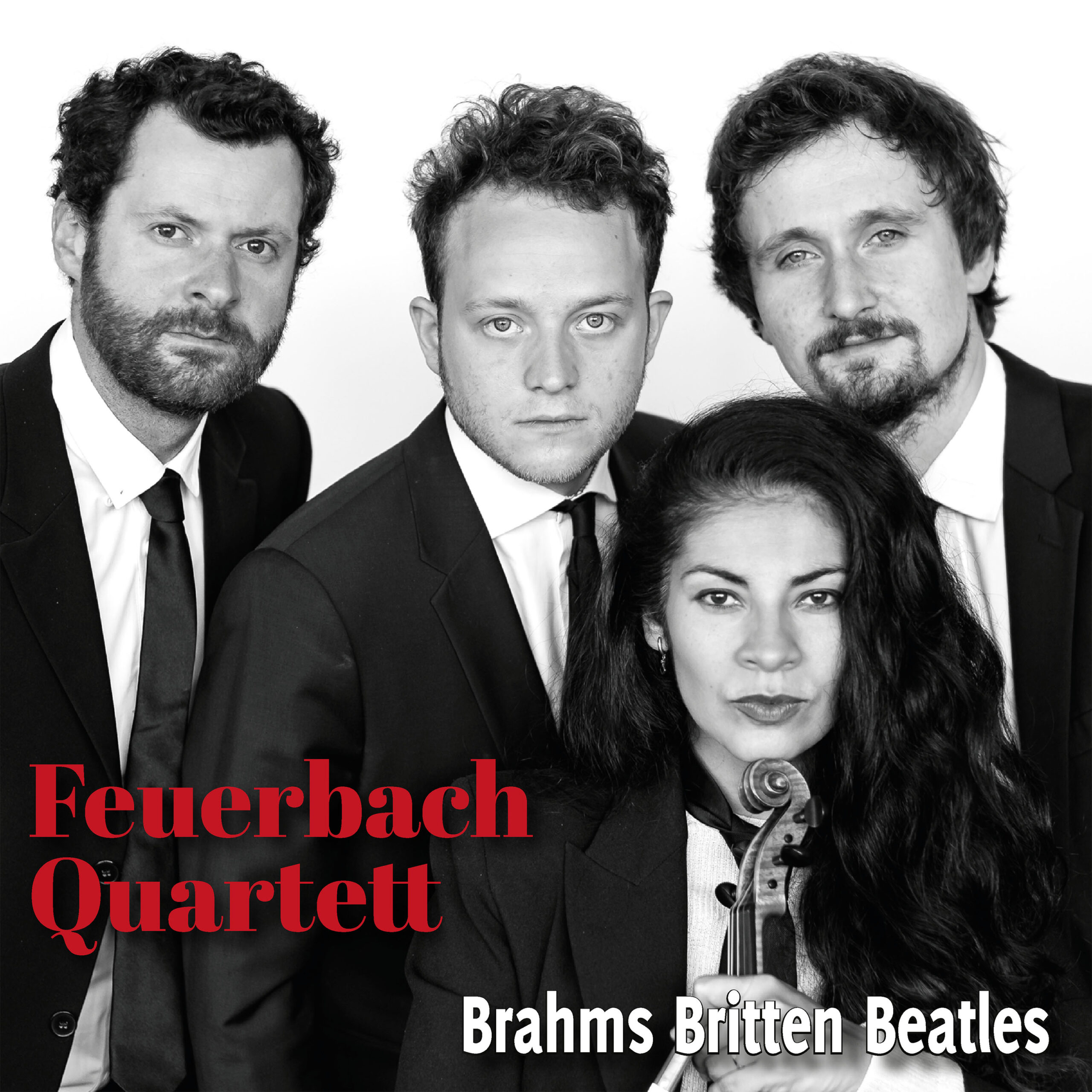Koli
18,00 €
Out of stock
“Koli” entered World Music Charts Europe in September 2010 at Number 2, climbed to Number 1 spot in October and to Number 7 in November. A Finnish artist hasn’t been at Number 1 on the chart for several years. This is also the fi rst Number 1 position of Piirpauke’s history. “Koli” topped Number 6 in German Charts in October 2010!
Out of stock
“Koli” entered World Music Charts Europe in September 2010 at Number 2, climbed to Number 1 spot in October and to Number 7 in November. A Finnish artist hasn’t been at Number 1 on the chart for several years. This is also the fi rst Number 1 position of Piirpauke’s history. “Koli” topped Number 6 in Germany in October 2010!
Piirpauke, the pioneer of Finnish world music since their establishing in 1974, has renewed its line-up and released a new album, “Koli” (Rockadillo Records, 2010). In a way, the new album is a return to the group’s roots as a jazz band playing Finnish folk songs. The central fi gure of the band, Sakari Kukko and a long-time Piirpauke member Ismaila Sane have now been joined by top-class jazz rhythm section Eerik Siikasaari & Rami Eskelinen (from Trio Töykeät), as well as rock guitarist Jukka Orma (Sielun Veljet etc.).
The music on the album comes partly from the roots of the Finnish pelimanni music, partly from the classical compositions from the time of the Finnish national romanticism – all performed with a strong multicultural soundscape in a true Piirpauke style. Four of the album’s tracks are original compositions by Jean Sibelius (1865 – 1957), including the highly popular concert piece “Valse Triste”. The arrangements are made with sense of style, closely following and respecting the original works but also making them full-bodied Piirpauke pieces in their own right.
Personnel
Sakari Kukko – saxes, flutes, piano Ismaila Sane – percussion Eerik Siikasaari – double bass Rami Eskelinen – drums Jukka Orma – guitars [/tab][tab title=”The Album”]Piirpauke was formed in 1974 when a group of jazz musicians started using folk music as a base for improvisations. Our repertoire quickly extended towards Balkan and even further, and in the course of years the band has had several international members. My interest in classical music could also be heard in the repertoire: Piirpauke has played tunes by Mozart, Schubert, Dvorak, Ravel, Shostakovitch, Beethoven, Bartok, de Falla, Klami and Merikanto. After traveling around the World both musically and physically the circle is now full – jazz musicians are again playing Finnish folk music. Having said that, the connection between traditional and classical music is now the main theme of the album, as well as national romanticism, indicated by the album title and the wood grouse on the front cover.
The opening track Blue Alma is from a series of Ostrobothnian dances, opus 17 a no. 3, moderato tranquillo, composed hundred years ago by Toivo Kuula (1883–1918). This composition represents the culmination point between Finnish folk and art music. One of the legends of Finnish folk music, Matti Haudanmaa (1858–1936), played also Paimenen polska (Polska del Pastor) to Toivo Kuula. Kaustinen–Dakar begins by two more melodies from Matti Haudanmaa’s repertoire (Kaapo Syrjälä’s Polska from Kurikka and Heikki Rintala’s Polska from Lapua) but leads to Senegal, proving that polska and mbalax are the same. Just like polska and buleris! Romance by Pyotr Ilyich Tchaikovsky is the only non-Finnish composition on this album. At the time Finland was a grand duchy of Tsarist Russia. Tchaikovsky was born in Finno-Ugric Udmurtia and has always been dear to the Finns. He was also an infl uence to Sibelius, so he suits this album’s theme very well.
Jean Sibelius (1865–1957) composed Musette for a play by Adolf Paul called König Christian (King Christian). I dedicate this version to my father Pauli Kristian Kukko. Sibelius had a vision of bagpipes when he was composing this piece, and the folk music infl uences are obvious. In Rondino, Sibelius is assumed to be looking back on his childhood, and Romanssi (Romance) is his response to Tchaikovsky’s challenge. It has been said that Sibelius found his true self after hearing the Ingrian folksinger Larin Paraske in 1891 and visiting the wilderness of Karelia. Koli in northern Karelia was the scenery where numerous Finnish artists of the national romanticism era came for inspiration.
Sibelius told his son-in-law that he had a dream in which he composed a jazz piece. However, he didn’t write it down when he woke up, and felt very sorry about it afterwards. Well, at least a jazz musician has now composed Ainola Festivo under the infl uence of Jean’s Romance. On Sibelius’ worldwide hit Valse Triste I hear some fl amenco infl uences. Lo-Hi is based on the Eastern Karelian kantele song Maanitus (Trepatska). I found it on a compilation album called Entiset etniset, which contains some of the oldest folk music recordings by the Finnish Broadcasting Company YLE. On the compilation it was performed by Vanja Tallus a.k.a. Ivan Trofi moff. From the same archive compilation I found Pippuripolska (Spicy Polska), performed by Riskun pelimannit from Karvia. Konstan parempi valssi (Konsta’s Better Waltz) by Konsta Jylhä (1910–1984) was the biggest hit of the folk music boom in the early 1970’s, soon challenged by Piirpauke’s Konevitsan kirkonkellot. It was about time to make a Piirpauke interpretation of Konsta’s signature tune.
Kuhmo, April 2010,
Sakari Kukko
[/tab][tab title=”Piirpauke”]27 years ago, when most people had never even heard about world music, much less heard it or played it, Sakari Kukku (saxophones, flutes, keybords, percussion, vocals) started to do it with his band Piirpauke. Springing from the solid bottom of jazzy improvisation, rock’n’rolling attitude and the ancient echoes of Finnish folk melodies the band dived into the ocean that is the sum total of whole mankind’s music. In a quarter of a century – time flies, doesn’t it? – the personnel and the musical main ingredients of Piirpauke, have changed many times, but the spirit of exploration had stayed the same.
When asked what it actually is that keeps him interested in this world music thing even after such a long time, Sakari doesn’t have to think for long. “It’s the very same thing that I realized 25 years ago, when I started to research the world’s different musics. It dawned on me in a big way that I was digging at a treasure chest that really has no bottom. I mean, I’ve been digging ever since and there is not the slightest feeling of having exhausted this thing. It’s simply impossible to exhaust it”.
“Working the different traditions and styles from different parts of the world you get there realizations how seemingly disparate things go together. Things just click into place. It really makes you think about oneness of mankind. Often I can’t help feeling that I’ve arrived at sounds, melodies or rhythms that speak to man’s deepest core. Way past all boundaries.”
Roughly ten years ago Piirpauke trimmed down, for practical reasons, to the basic trio of the Finnish Kukko, Andalusian singer/guitarist Cinta Hermo and Senegalese percussionist/singer Ismaila Sane from a sextet of two years, which included jazz drummer Markku Ounaskari, electric bass player Tauno Railo and the legendary guitar virtuoso Jukka Tolonen, whose solo albums made him an international star already tn the 70’s. The latter three are all Finnish musicians.
Piirpauke’s road manager J-P Laatikainen is an excellent drummer – so don’t be surprised if you see him sometimes behind the drum kit or on percussion. Piirpauke, you see, is an animal, whose evolution is still far from finished. “We had a meeting with all the players recently, and the vibes were really good. People could hardly wait to get to play. They kept insisting we have plenty of long rehearsals”, Sakari laughs. “We’re really gonna get down on stage”, he promises. With the caliber of these musicians, it will be something to hear.
“The material that we’re going to do, is divided into three basic categories. Maybe 35% will be history, another 35% will be stuff from the trio and the sextet periods, while the rest will be new material especially written for this personnel, plus Cinta is going to do a couple of solo numbers.”
So get ready for the real world music. There will definitely be no soft-shoe-shuffling around the edges with two-penny machines beats, like you hear on every other commercial there days.
[/tab][tab title=”Videos”]httpvp://www.youtube.com/playlist?list=PL5E93D1064303C634
[/tab][/tabs]



